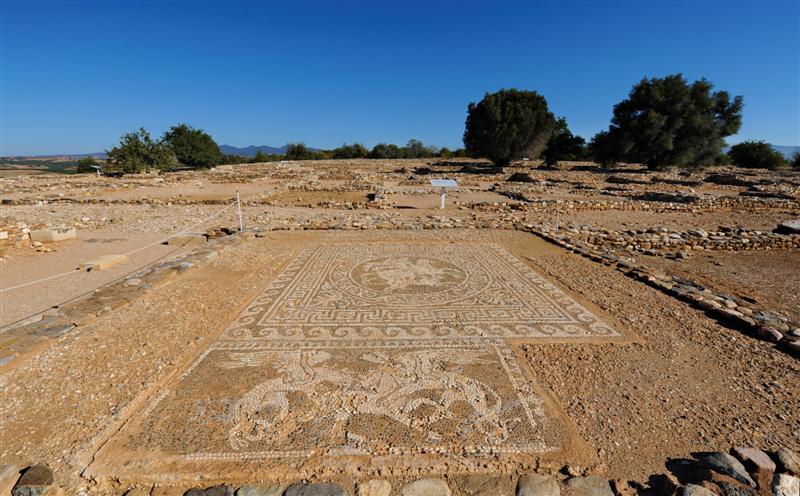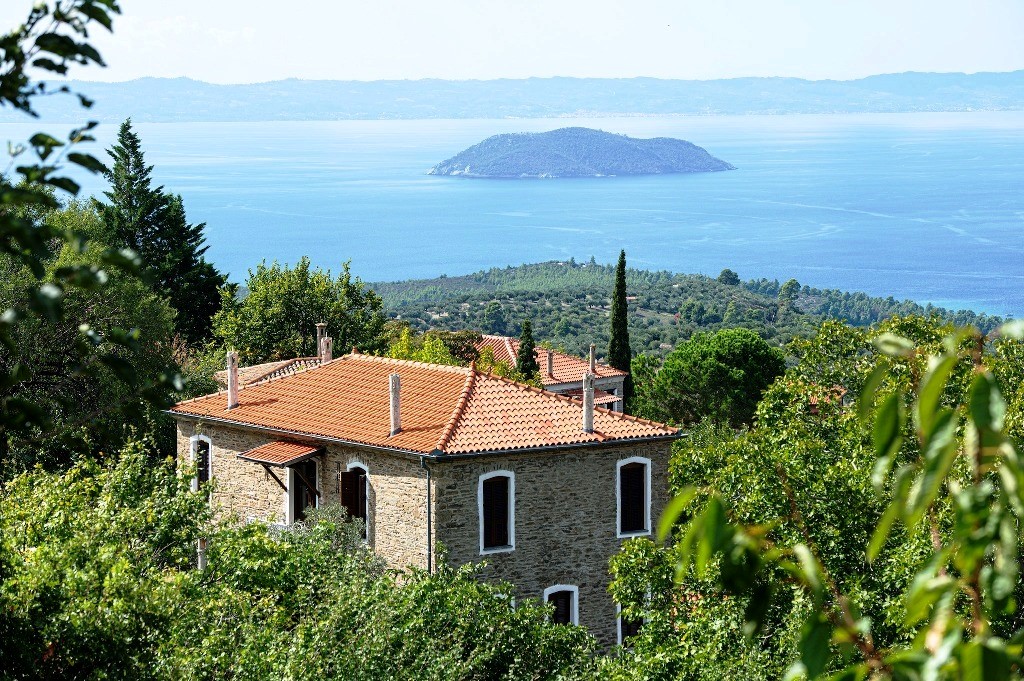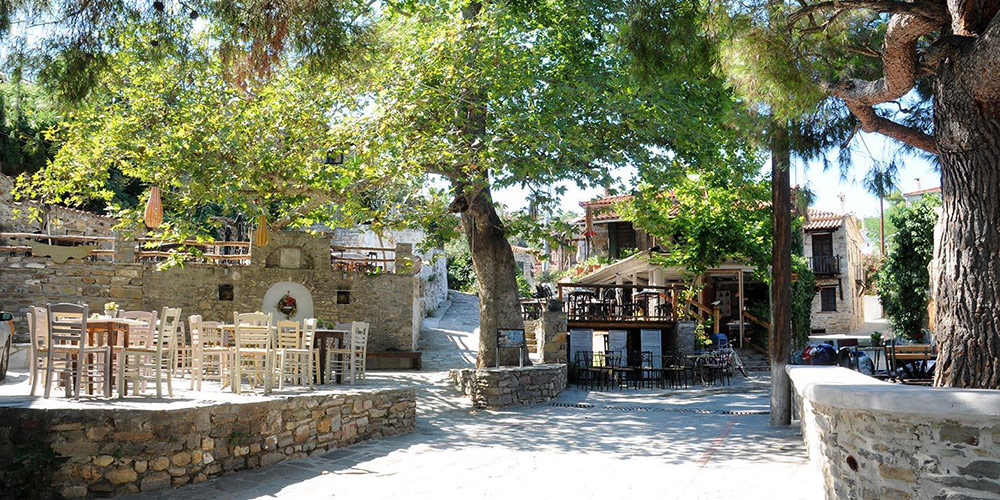Sithonia Tour
Estimated Duration
8 Hours
Estimated Distance
320 Km

Archaeological Site of Olynthus
The accuracy of the city plan of Olynthos helps us understand how the Ippodamio city planning system was applied.
Although the ruins are remarkable, the findings of the excavations are exhibited at the Archaeological Museum of Thessaloniki and Polygyros.
The area was constantly inhabited since the Neolithic Age. According to mythology, the town was built by the brother of Olynthos, the son of the mythic King of Thrace, Strymonas.
Olynthos was killed by a lion and his brother built the town to honour his brother’s name. However, the linguists insist that olynthos is the name of the wild fig tree, which is in abundance in the area, and the town was named after it.
Around 650 BC refugees from Pieria, hunted by the Macedonian army, settled in the area. The Persian army destroyed the town in 479 BC and offered the region to their allies from Evia (Halkida). Later on, Olynthos joined the Athenian Alliance and then the Community of Halkida (Evia).
From this alliance, the town gained great profits (mainly financial). So, it became the capital of the Euboan colonies in Halkidiki and was able to support a huge army (about 20.000 soldiers).

Kohi Beach
Kohi Beach is located in one of the most beautiful beaches of Halkidiki.
Blue water, pines that almost reach the sea,spread on the side of Mt. Meliton where there are the best varieties of Porto Carras wines and the most glamorous and majestic sunset can be seen in Halkidiki.
Kohi Beach Bar respectful to its guests provides lessons of “Life at Sea” listening music befitting to the sea (lounge-nu jazz-pop-soul), organizing Parties & Live Εvents every weekend.

Parthenonas traditional village
Only 5 km away from Neos Marmaras to an altitude of 350 m, you will find the traditional village of Parthenonas.
The name Parthenonas is mentioned in documents from 10th century but there is no much information about the village itself and its role in the past. In 1970 the site was rediscovered and called the abandoned village of Sithonia since only abandoned and ruined houses were found in it (some of them still can be seen).
Today in the village there are family hotels, restaurants and cafes. All guest houses and villas built after the village rediscovery adhere to the architecture of the abandoned houses, to preserve the authenticity of the place.
The streets are cobbled, narrow and steep because Parthenonas is located on a hill overlooking the coastline and the islet of Kelyfos.

Mega Portokali Beach
The beach itself is small and narrow, in the afternoon is in full shade because of the rocks in the background.
The beach has fine sand on the shore and in the water, and a few hundred meters of shallow water up to waist.
What inspires on this beach is the turquoise and very clear water, shimmering in the sun and if you look at the beach from the forest you will have the impression that this is one big, beautiful pool. There is a canteen above the beach, but there are no sunbeds or umbrellas on the beach itself, but there is a place to put your equipment.
In our opinion, this beach should be seen. It’s near the main road so you can stop by to it when you are passing through, and throw a glimpse from the forest that is on the left side. It is surrounded by white rocks, and in the bottom of the sea is lighter sand, so the water is bright blue and soft as well as on the entire coast Kavourotripes. There is crowd on the beach in the season.

Old town of Nikiti
If you are looking for something off the beaten track, then this is the place for you!
And if it is peace and quiet you’re after, take to the hills for a visit to the Old town of Nikiti, a lovely traditional village that retains an air of romantic nostalgia by being quaint without being too schmaltzy, featuring stone Macedonian houses with blossom-filled balconies and courtyards.
The old village Nikiti is a charming traditional settlement just across the road from the new part. Here, walking on narrow paved small streets, you can admire the beautiful, restored, stone houses, with the internal courtyard, laid out by a stone tile and with wooden balconies with flowers.
It is possible to walk to St. Nikita’s stone church and then to go down on the area with the big maple and to sit in a tavern, enjoying traditional cuisine.

